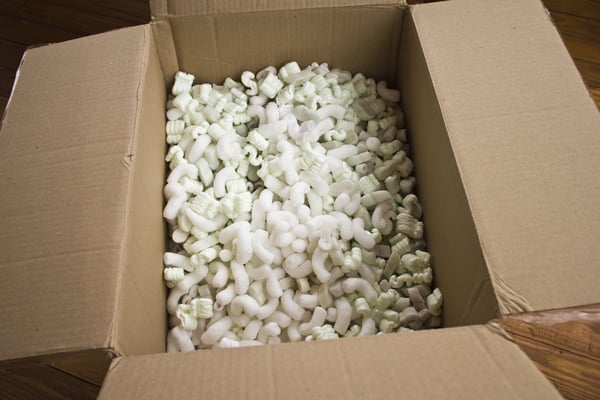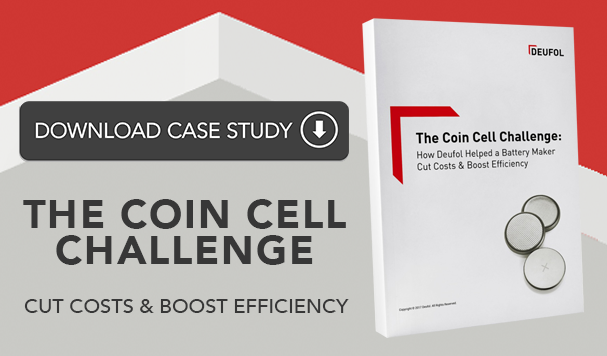
Cardboard. Shredded paper. Bubble wrap. Styrofoam peanuts. You probably know them as the excess materials you have to throw away every time you open a package. Dunnage is a necessary component in most packages. It protects the container contents from vibration, moisture, and other quality risks.
While dunnage has some important advantages, it also comes with its fair share of costs. You have to dispose of the dunnage every time you unpack a container. The cost of the dunnage material inflates your packaging costs. The waste associated with the dunnage may threaten your ability to comply with your sustainability objectives.
It doesn’t have to be this way. You can take advantage of the protective benefits of dunnage without dealing with the cost, waste, and other issues. The solution is with an innovative strategy called returnable dunnage.
As the name suggests, returnable dunnage is a type of dunnage that can be returned to the packager for reuse in future containers. In simple terms, your packager crates parts and products and ships them either to you, your customers, or other recipients. The containers are then unpacked. However, instead of disposing of the dunnage, the recipient ships it back to the packager, who then uses it again.
Returnable dunnage is usually made from different materials than expendable dunnage. As you can probably imagine, styrofoam peanuts and shredded paper can’t be used multiple times. However, other materials, like plastic, can be reused.
Think reusable dunnage might be a more cost-effective option for you? Here are three reasons why you may want to make the switch.
1. Labor
Every time you open a container, your team has to unpack the dunnage, set it to the side, and then dispose of it. Even if that only takes several minutes per package, that’s still wasted time. And that wasted time can compound to a sizable cost over the long-term.
Returnable dunnage is usually custom-designed to minimize wasted labor. The dunnage may be one large piece that can be easily removed, or it may be engineered in a way that accelerates the unpacking process. Either way, there’s no time spent on disposal with returnable dunnage. Your team simply includes it in the next shipment back to your packager.
2. Materials
An obvious benefit with returnable dunnage is the reduction in material costs. Returnable dunnage may cost more to design and engineer, but the materials can be used multiple times. Shredded paper and styrofoam peanuts, on the other hand, generate new materials costs with each use. During the package design phase, your packager should focus on the number of times the dunnage can be reused and aim to maximize the material’s longevity.
3. Sustainability
Do you or your customers have sustainability goals? Perhaps you have to comply with a customer’s sustainability standards. Or maybe you have set an internal goal to minimize waste.
Reusable dunnage clearly helps you achieve those goals. If you can reuse packaging multiple times, that reduces the amount of waste you’re sending to the landfill. You’ll no longer throw out bags of shredded paper or styrofoam peanuts. Instead, you can reuse your packaging multiple times. Your packaging partner may even be able to design reusable dunnage from recycled materials, further minimizing your impact on the environment.
Dunnage is an important component in any packaging process. It protects quality and minimizes risk. However, there’s no reason why dunnage has to generate high costs, waste, and inefficiency. Talk to a packaging consultant today about how you can make the switch to reusable dunnage. ![]()





Let Us Know What You Thought about this Post.
Put your Comment Below.